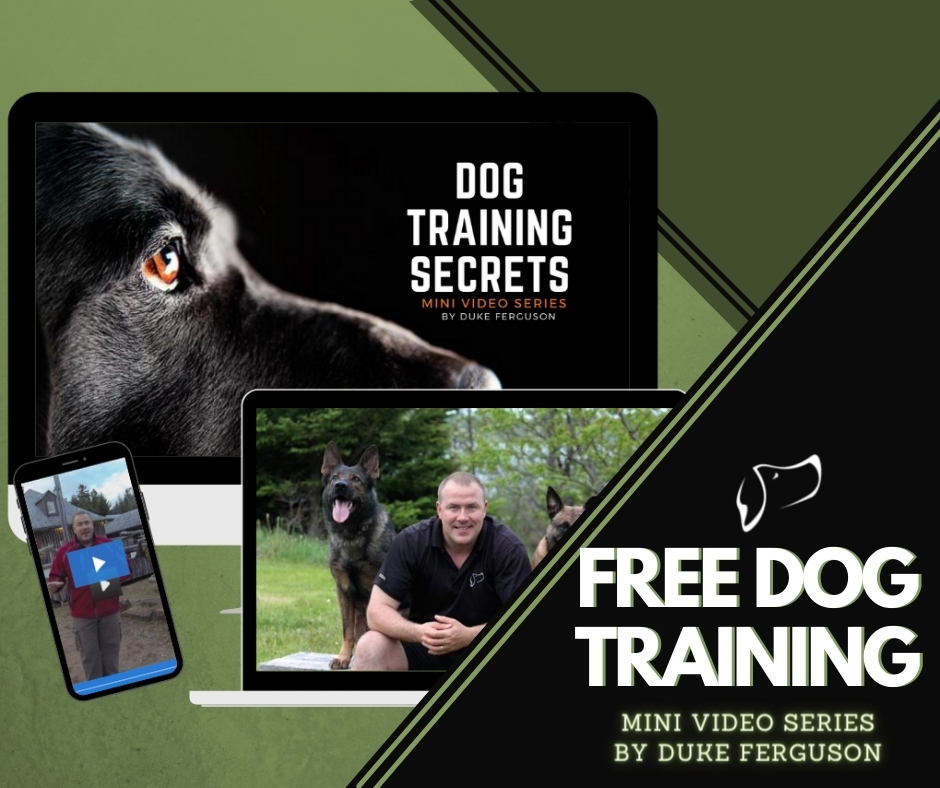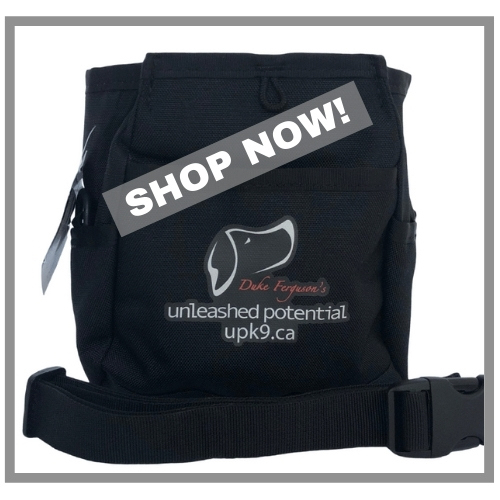XDOG™ Vest Resistance Training
When training your dog to new training equipment you should always take it one step at a time. The walk before you run concept. It’s no different with the XDOG™ vest and parachute for resistance training so be sure your dog is comfortable with the gear before sending him away to run long distances. XDOG™ vest resistance training is easy when you understand how! Watch the video below for the step-by-step instructions.
Why resistance training?
- When done correctly it’s great for burning excess energy
- Promotes a deeper relationship with your dog
- Effective for building muscle, endurance, stamina and a healthy mindset
- It promotes weight loss and overall health and wellness
If you enjoyed this video, please Subscribe to our YouTube channel (P.S. Click the bell icon to get notifications when we post a new video).
TWEET THIS VIDEO
Steps to take in XDOG™ vest resistance training
First, you’re going to walk with your dog, but you’ll do it on lead. The reason is if he may not scared of the parachute, but he starts moving and the shoots following him, that may cause some fear. So just take this extra little step. It might take you one time, it might take you a couple of days, a week, just go with your dog’s confidence level. First, walk and let the shoot drag behind your dog. When he’s comfortable with walking and having the parachute drag behind you can then run with the dog on the lead.


If your dog is a little nervous, it’s okay. It’s important that they overcome this. Make this one of the ways your dog eats. This training should mean, fun, food freedom, and interaction.
So when your dog is used to the gear; used to the vest, used to the parachute, you’re going to put him into motion.

You don’t want your dog taking off on you. I’ve seen it. So we want to prevent that from ever happening. So I’ll throw a ball out (short distance). He runs and he gets it and the parachute is actively chasing him. This desensitizes him to the parachute.
An important step in XDOG™ resistance training is to put your dog into motion by throwing food out. This works great for food-motivated dogs. The same concept as above, the dog gets used to the parachute catching the wind behind him.

Use the wind to your advantage for XDOG™ vest resistance training. Your goal is to try and get it so that the parachute will pop open, but then he’s immediately getting his treat.
And this is going to give you experience in handling what this actually does when you’re going against the wind or with the wind. So throw it in all directions.
So the first session is little tiny throws. When the is dog good with that, you’ll set it up for the longer distance. If you have a dog that’s stable and knows the parachute well, you can start some distance work by getting a dog to come to you for food, toys, tug, and bite work.

The goal is to have your dog comfortably chase a ball or run to you for fun and interaction while wearing the XDOG™ vest and parachute in resistance training. This will tire your dog out with only a few short runs. It builds endurance and improves your dog’s overall well-being.


So I really hope you enjoyed this video and get good value from it. And it helps you get off training with the XDOG™ dog vest safely.
Be sure to sign up for the free course HERE
Get Your XDOG™ vest here and be sure to SAVE 15% with coupon code: UPK915
FOLLOW US!
Would you like FREE puppy training or dog training advice? OR to just learn more about Duke’s philosophy on dog training?
Contact us HERE
This mini-series is not found on YouTube. Get Access Now You will love it!

























